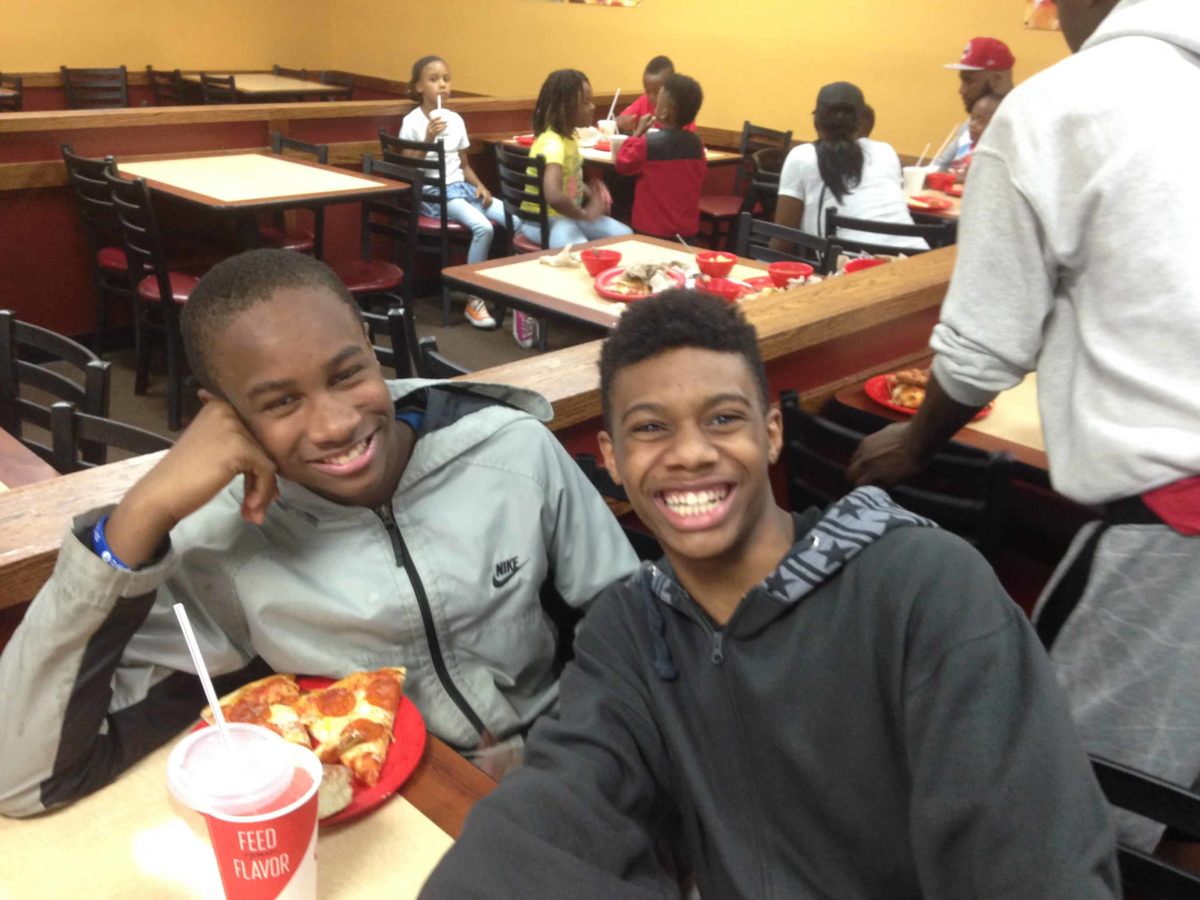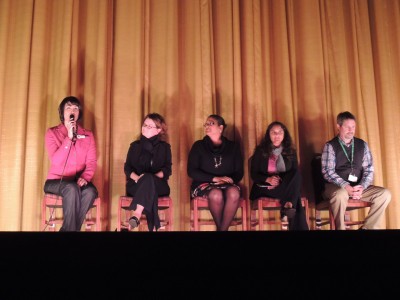

“Meet the client where they’re at.”
This phrase is a core tenet of providing services to individuals, particularly when these services are related to physical and mental wellbeing. If a patient needs to increase their level of physical activity level but currently struggles to walk a block without gasping for breath, their doctor won’t prescribe a rigorous marathon training program to them. Instead, they will search for exercises that are feasible, appropriate, and attainable.
Similarly, mental health counselors are encouraged to build a strong rapport with their clients in order to understand what their personal goals are and how to best assist them in achieving these objectives, rather than laying out a prescribed plan without any input from the patient.
When working with schools, a similar mindset must be adopted. A one-size-fits-all perspective will not work when looking for school- and district-wide interventions and supports to improve school climate. Like their students, schools are diverse and full of various backgrounds, different opinions, and each experience various strengths and face assorted obstacles. Each district, and the schools it is comprised of, has its own personalities, priorities, and plans in place to help those within the school community reach the various goals that have been set.
External organizations must realize it is an absolute privilege to be included in these plans and should recognize their role as an assist, as opposed to the key player, to the end goal of improving and enhancing both the academics and lives of students. Time and time again, schools are routinely scrutinized for all they are doing wrong and far too rarely are they recognized for their tremendous accomplishments.
It is no wonder so many schools shudder at the thought of yet another external group or program knocking on their door with the latest and greatest plan to improve school climate. Each year, the state looks at several benchmarks to determine what grade each school has earned. Several of the schools that my grant-funded program, Cabarrus STARS (Students Taking a Right Stand), work with end up being assigned letter grades of D or F. In my view, these grades often miss some of the most important work a school community engages in: the principal knowing each student and staff member by name, a guidance counselor stopping by a student’s home to check in after several missed days of class, a teacher allowing for a few minutes of meditation at the start of the period to help everyone come to a place ready to fully learn and engage with one another. These are true success stories – small, but mighty victories in schools fighting each day to make a positive impact within their communities.
When starting the initial conversations about Adverse Childhood Experiences (ACEs), the responses were as wide-ranging and diverse as the schools themselves. Some of the schools we work with in Cabarrus County are already in process of training student support staff in “Trauma 101.” Social workers and school psychologists are receiving trainings on the science of trauma, how and why it impacts the brain development of children and therefore is a major influencer on their academic and social success. These schools were open to continuing these conversations and in many cases had specific requests for speakers and professional development opportunities they felt would be well-aligned with their current efforts.
Other schools were not very far along, if at all, in their conversations regarding ACEs and trauma in their communities. Staff knowledge regarding trauma-informed education was relatively low but for the most part, yet interest levels were high in increasing their knowledge. The key component of moving these schools further along on the spectrum of trauma-sensitive schools was listening closely to what they knew, what they wanted to learn, and the ways they felt this would best be accomplished. Together, these strategies are being individually developed and specifically tailored to the school and its specific profile.
The most important piece of our work that has allowed it to be successful thus far is listening to, rather than talking at, those who know the schools the best. Students, teachers, principals, counselors – they all must contribute to these conversations. Even better, conversations are expanded to include those workers who are also on the front lines at the school – coaches, bus drivers, custodial staff, cafeteria workers. These are the individuals with whom the students interact with the most frequently.
At one of our schools, students have the option of helping out with their janitors around the school if they serve in-school suspension. The students adore this man, they traipse behind him, and he knows them better than most. He is key in getting the buy in of students, allowing them to feel comfortable in talking about what is happening in their lives in and out of school, and deciding what types of interventions and supports will be most helpful and accepted. Key personnel like this need to be included as much as possible when working towards safe, supportive, and trauma-sensitive schools.
This work is hard, but aligning oneself closely with the school and its specific mission and objectives will allow for more substantial and positive impacts to be made to reach these goals.


